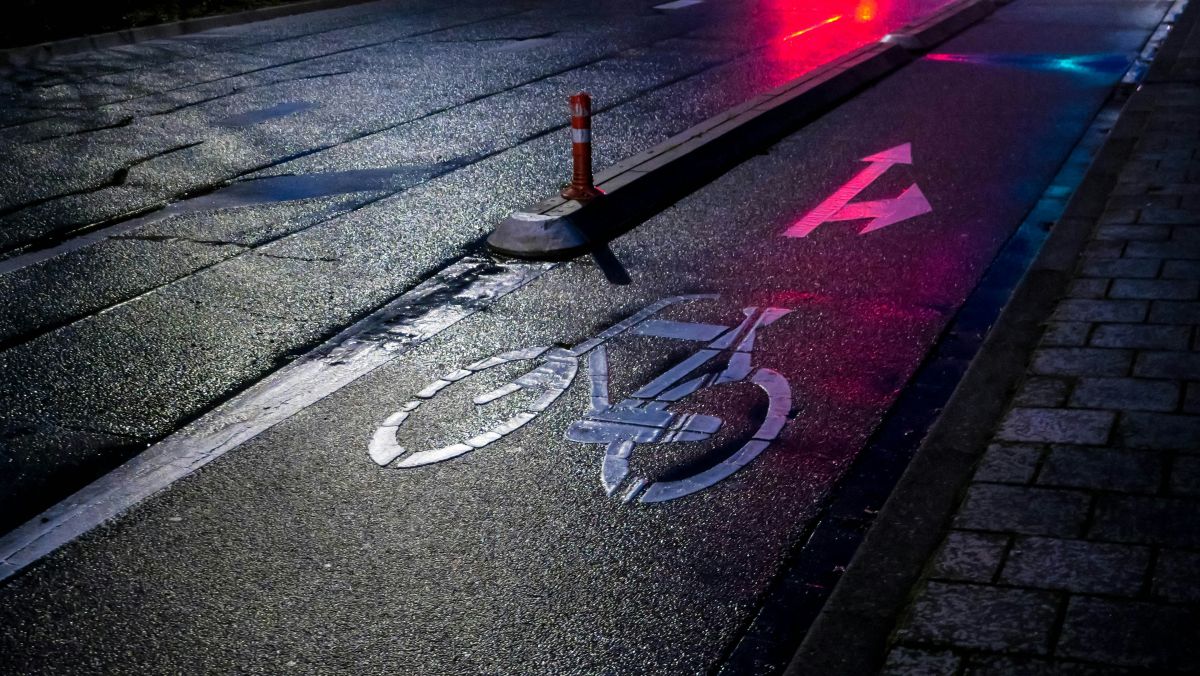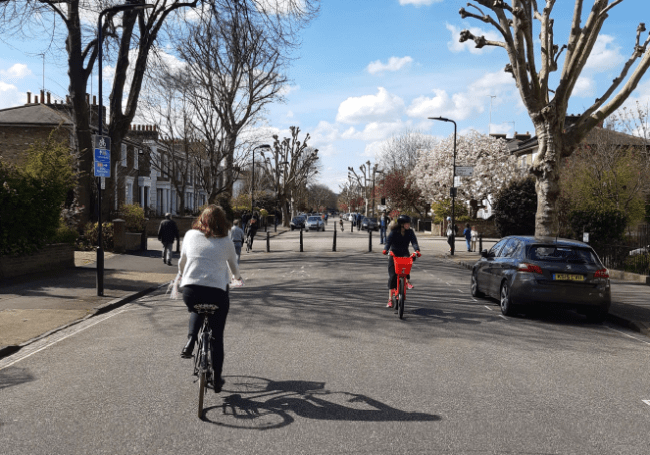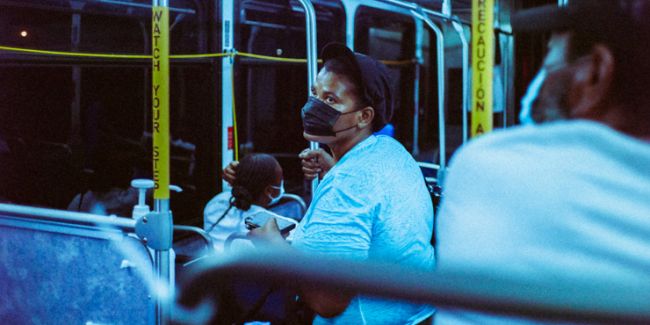Shifting construction to promote TDM
What strategies are being used to convey information about disruption while also influencing the use of alternative transportation?

With nearly 50 major infrastructure projects planned over the next five years, the residents, businesses and commuters of the Golden Triangle area in San Diego, California, will experience an impact in their daily travel. So, what strategies are being used to convey this information while also influencing the use of alternative transportation?
Shift San Diego is a pilot program designed to reduce traffic congestion around the Interstate 5/Genesee Avenue Interchange Project, and other infrastructure projects, in the Golden Triangle area.
One of the largest employment centers in San Diego, the Golden Triangle is also bisected by one of the busiest freeway corridors in the county, the I-5. The project itself is surrounded by the University of California, San Diego, a renowned golf course, two hospitals, and a number of large science and technology, research, and pharmaceutical companies. Adding construction to this mix makes for quite a commuter challenge, but with support from agencies like San Diego Association of Governments (SANDAG) and Caltrans, Shift San Diego is succeeding in offering alternative trip solutions to those traveling in and through the project area during construction.
During the summer of 2016, the I-5/Genesee project team geared up for two major construction milestones: a traffic switch on a main road, and a bridge demolition over the main freeway corridor. As expected, the closure of ramps and freeway lanes to achieve these milestones significantly affected traffic.
In order to propose alternative transportation solutions to the Golden Triangle community, here are some of the key strategies our team applied to the Shift San Diego program:
Communications: targeted audiences and simple messaging
The project team invested in media buys announcing these closures and promoting Shift San Diego. Using community ZIP codes and data pulled from the Census Bureau’s Longitudinal Employer-Household Dynamics report, we targeted audiences living and working in the Golden Triangle area. The team used printed postcards and digital and radio advertisements to target specific ZIP codes. The team also used the local paper as a way to reach the general population of the community. The message presented the challenge of construction and paired it with commute solutions. These solutions were presented on an interactive map, showing real-time traffic and encouraging ridesharing or teleworking on the days of major freeway closures as a way to reduce congestion.
Incentives: Employer Outreach Program
Another key strategy for Shift San Diego is to reach commuters who may be affected by construction via their employer. Shift has integrated with SANDAG’s iCommute Employer Outreach Program, which has been an effective way to influence the travel behavior of employees from driving alone to trying alternative commutes. In the iCommute program, a team member creates or supports their commuter benefits program by offering free services and incentives. In the past year, Shift has worked with and actively engaged over 60 employers representing approximately 84,000 employees.
Social norms: Shift Insider blog
The Shift Insider blog is an important Transportation Demand Management tool that uses commuter stories, project and construction highlights, and transportation resources, in the words of everyday Golden Triangle commuters. The blog features employees using alternative commutes to work as a way to demonstrate that these options are viable, convenient and a choice that peers make. The blog, started in 2016, has helped to raise the interest level of the Shift San Diego resource. The average length of time a visitor is on this page is close to three minutes, so readers are finding interest and connecting with the stories.
These strategies were part of a diverse mix of successful communications that yielded a collective reach of over 3.7 million people. There were no employer complaints and minimal stakeholder concerns surrounding the two construction milestones.



















